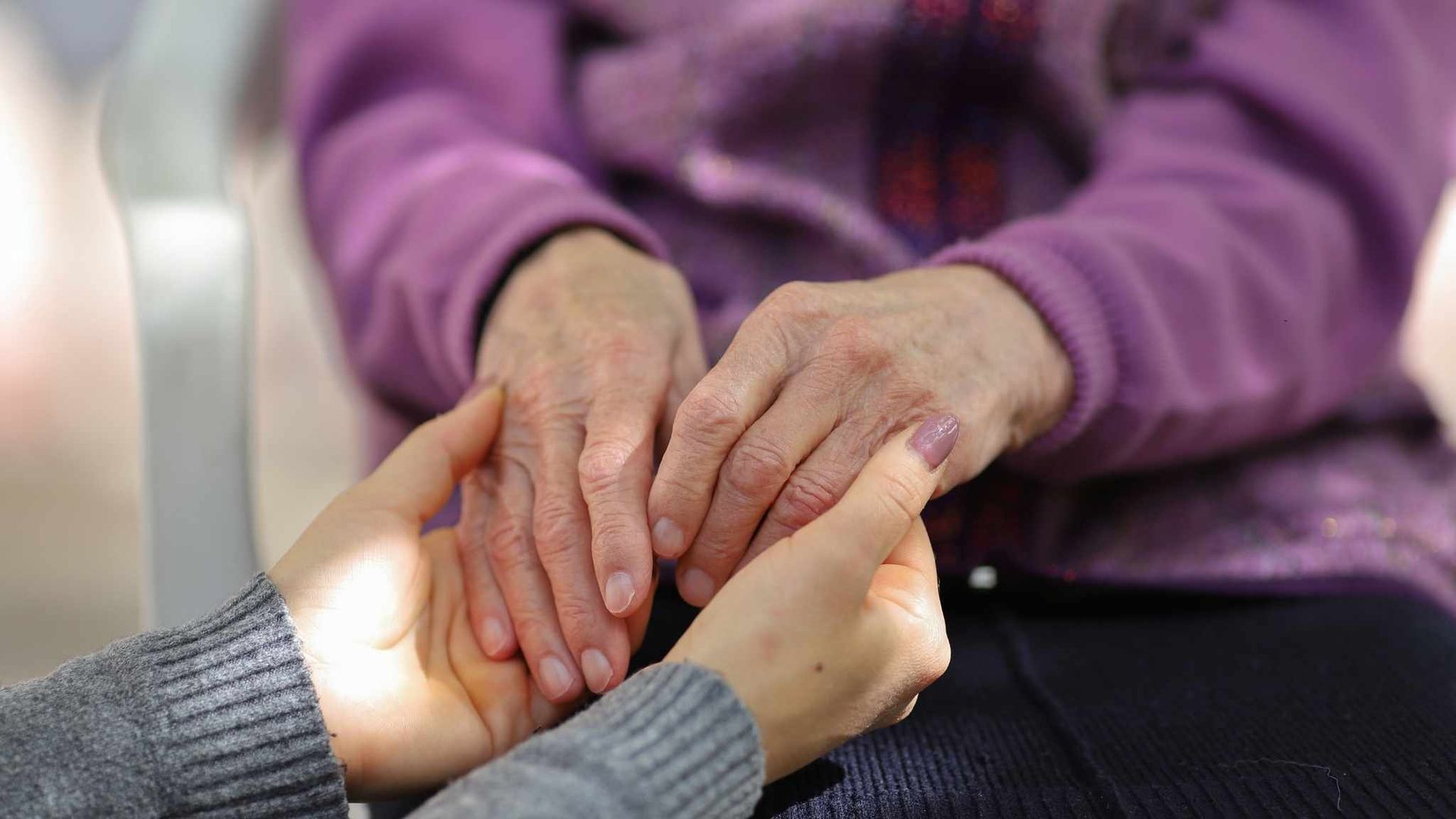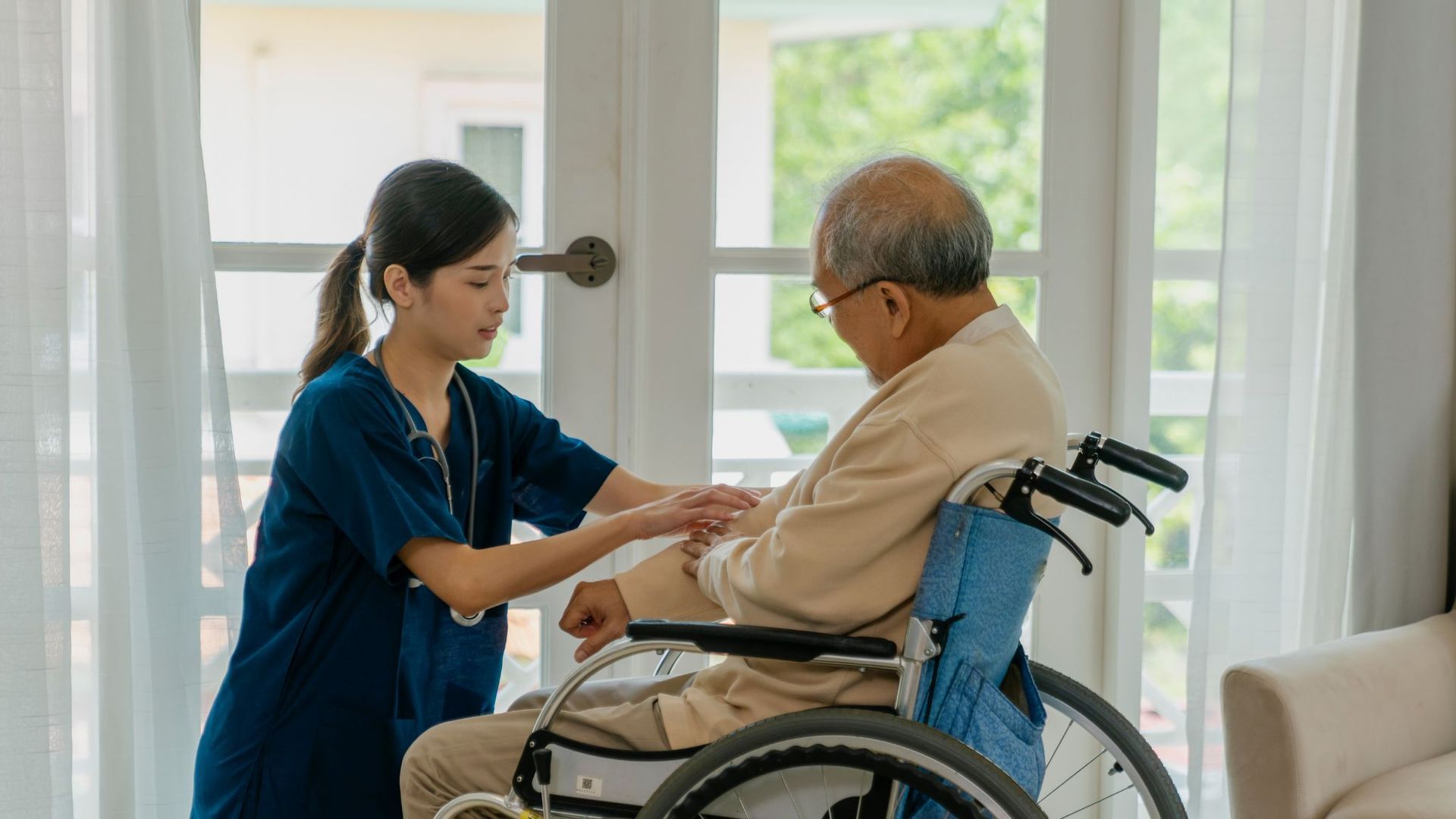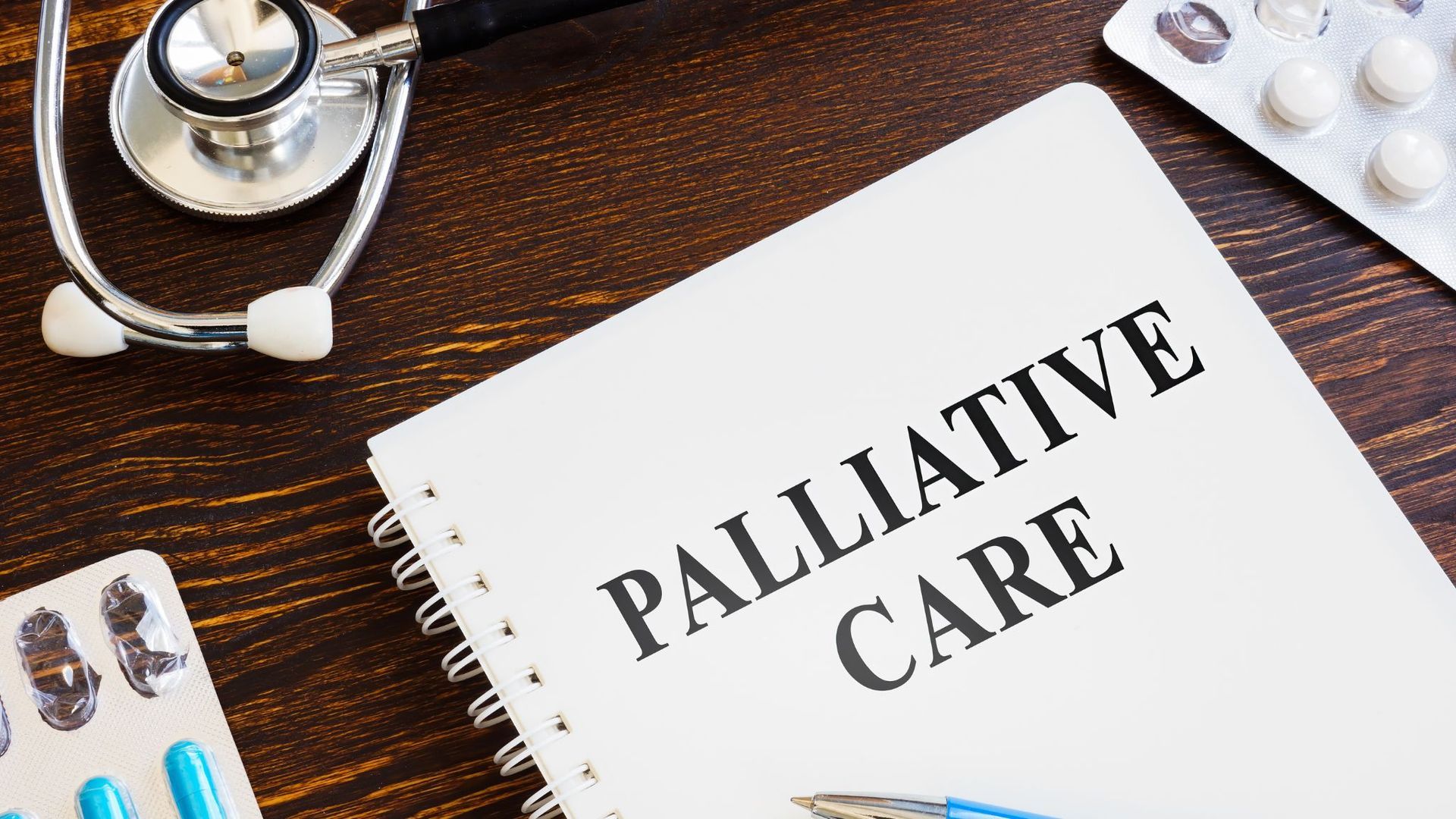How Much Does Medicare Pay For Hospice Per Day?
Facing the final days of a loved one's life is hard enough without worrying about how to pay for their care. Hospice gives comfort and dignity during this difficult time, but the big question still lingers: how much will it cost?
Medicare is often the main way to cover
the costs of hospice care, but figuring out how much it pays each day can be confusing. If you're stressed about money on top of everything else, you're not alone.
So, how much does Medicare pay for hospice per day?
Let's find out. Knowing what to expect can help you make sure your loved one gets the care they need without extra worry.
What is the Hospice Plan of Care?
The hospice plan of care is a detailed, personalized guide that is designed to ensure that terminally ill patients will receive the comfort and support they need.
This is typically created by a team of medical professionals, caregivers, and the patient's family. The plan mainly focuses on managing pain, reducing symptoms, and addressing any emotional, social, and spiritual needs.
The plan of care covers a wide range of services, such as nursing visits, medications, and personal care assistance. It may also include different types of therapies, dietary guidance, and grief counseling for both the patient and their loved ones. This is then regularly updated so that it meets the patient's evolving needs.
Original Medicare vs Medicare Advantage Plans vs Medicare Health Plans
Original Medicare is a government-run program that includes two main parts: Part A, which covers hospital stays and inpatient care, and Part B, which covers outpatient services like doctor visits and preventive care. You pay a deductible, and after that, Medicare shares the cost with you, leaving you to handle coinsurance or additional costs.
Medicare Advantage Plans (Part C) are offered by private companies that work with Medicare. These plans provide everything covered under Part A and Part B, plus extra benefits like prescription drug coverage dental, or vision care. Depending on the type of plan, like an HMO or PPO, you may need to use specific doctors and hospitals within the plan’s network.
Medicare health plans include Medicare Advantage Plans and other options like Medicare Cost Plans or PACE programs, which also combine Part A and Part B benefits.
These plans, typically run by private organizations, often include extra coverage like Part D for prescription drugs, catering to a variety of healthcare needs for enrollees.
How Hospice Care Works with Medicare Advantage or Other Health Plans
When you begin hospice care, Original Medicare takes care of all services related to your terminal illness, even if you’re part of a Medicare Advantage Plan or another Medicare health plan.
This makes sure you get the care you need without extra hassle. However, your Medicare Advantage Plan can still help with other services.
If you stay in your Medicare Advantage Plan, you’ll still need to pay your plan’s premiums. Your plan may cover things like:
- Extra services such as dental or vision care.
- Care for health issues not related to your terminal illness. You can get this care through Original Medicare or your plan. If you stick to your plan’s network providers, your costs will usually be lower.
- Prescription drugs are not related to hospice care if your plan includes Part D coverage.
For care not tied to your terminal illness, you might have copayments depending on where you go. If your plan doesn’t cover certain services, Original Medicare will step in to help, especially with providers outside your plan’s network.
This setup lets you keep using your Medicare Advantage Plan while Original Medicare covers your hospice needs. It’s designed to make sure you still get important services, like unrelated treatments or prescriptions, without any major disruptions.
How Much Does Medicare Pay For Hospice
Medicare covers most of the costs for hospice care, keeping expenses low for families during a difficult time. If you are wondering how much does Medicare pay for hospice per day, let's give you a breakdown:
Medicare pays the hospice provider directly for all approved services, and there is no deductible. However, you will still need to continue paying your monthly Medicare Part A and Part B premiums.
For medications to manage pain or symptoms, you will pay up to $5 per prescription. If respite care is needed, which allows caregivers to take a short break, you are responsible for 5 percent of the approved daily amount.
For example, if Medicare approves $100 per day for respite care, you will pay $5 per day, while Medicare covers the remaining $95. These amounts can change slightly each year, but Medicare provides significant financial help by covering most of the expenses tied to hospice care.
What Is Usually Not Included in Hospice Care?
Hospice care focuses on providing comfort and managing symptoms, but there are some services and treatments that are not covered under the hospice benefit. Here are the key exclusions to keep in mind:
- Treatments to cure the terminal illness or related conditions are not included. You can stop hospice care if you choose to try these treatments.
- Prescription drugs not related to the terminal illness are not covered. Your Medicare Part D plan may still pay for these, but you might have a copayment.
- Care from providers that are not approved or set up by the hospice team is not covered. If you want to use a different hospice provider, you will need to officially transfer your care.
- Costs for staying in a facility, like room and board, are not included unless it is for short-term inpatient or respite care arranged by the hospice team. A small copayment might be needed for these services.
- Visits to the emergency room, hospital stays, or ambulance rides for conditions not related to the terminal illness are not covered unless arranged by the hospice team.
Conclusion
Understanding how Medicare supports hospice care can ease a lot of stress during a difficult time. From covering most hospice-related costs to ensuring patients receive compassionate care, Medicare plays a vital role in helping families.
However, knowing how much does Medicare pay for hospice per day is key to planning and avoiding unexpected financial burdens. With Medicare’s help, hospice care becomes not just a medical service, but a source of dignity and peace when it matters most.
If you are looking for a hospice to help your family during this challenging time,
Olympia Hospice is here to support you.
Reach out to us with your questions, and let us help provide compassionate care for your loved one. We are here to make this journey easier for you.










